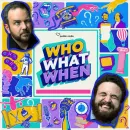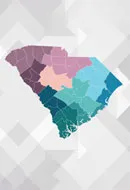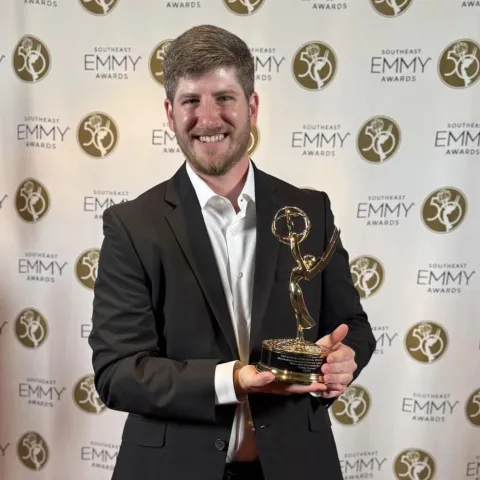Jack W. Gaddy has come a long way since surviving a stroke that affected the right side of his body. The Myrtle Beach retiree said the disconnect between his brain and his body makes it difficult to do basic things like brushing his teeth or buttoning his shirt. But telerehabilitation occupational therapy, a telehealth service, has helped him gain mobility.
“(Telerehabilitation) is one-on-one; it’s very personal and very easy to be immersed in the telehealth session,” Gaddy said.
Using a video connection, Gaddy remains in his own home while meeting with Jul Laura, an occupational therapist in the telerehab program at the Stroke Recovery Research Center at the Medical University of South Carolina. Laura said occupational therapy is very activity focused and the best part of the telerehabilitation program is that sessions take place inside a patient’s home; patients choose an activity that is part of their routine.
“They’re in their own environment; their entire home is their therapy room,” Laura said.
In South Carolina, stroke specialty services are scattered throughout the state, according to Michelle Woodbury, an occupational therapist and associate professor at MUSC. Woodbury leads the stroke telerehabilitation occupational therapy program at MUSC. She said patients may not be able to access the specialty rehabilitation care that they need because those clinics are located too far away.
“What we’re trying to do with this Stroke Telerehabilitation OT program is to provide opportunities for people to access services when they can’t access them by going to a clinic,” Woodbury said.
For more information about MUSC’s Telerehab Occupational Therapy program, please contact TelerehabOT@musc.edu or 843-985-1773.







